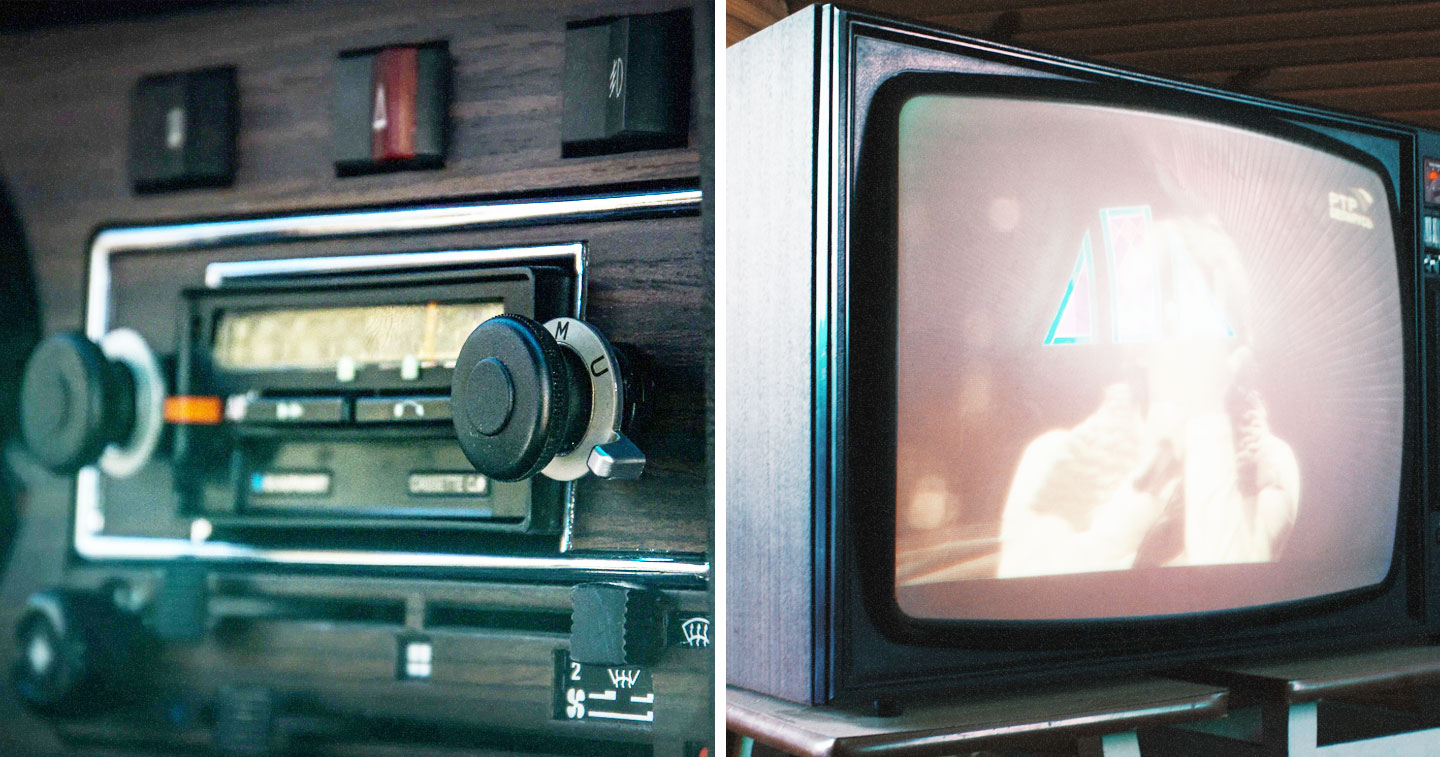MANILA, PHILIPPINES — Jay Bautista, the managing director of Kantar Media, weighs on in the advertising landscape in the Philippines, highlighting the trends that Filipinos are currently seeing and the long road it took to get here.
There is no denying the defining quality of the disruption that is COVID-19. In a December 2019 AdAge article, Group M predicted that Global advertising growth would slow down in 2020. The author cited declines would be observed in traditional media like TV and Radio while there would be continued growth for Digital and even Out of Home advertising.
In the Philippines, the same trend has been observed in the last three years as TV joined Print in trending downward in terms of spend (based on published rate cards), the volume of ads, and advertising minutes.
Bucking the trend was Radio advertising as the industry started to benefit from significant investments in measurement lead by the Kapisanan ng mga Brodkaster ng Pilipinas (KBP) with double-digit growth rates in the last three years.
As in most countries, digital advertising was the main beneficiary of the decline in TV and print advertising value and volume. Kantar’s 2019 Digital Ad Intelligence report estimated that at least 6 percent of total advertising was now cornered by Display and Mobile ads both on Mobile phones and desktops. This excludes social media advertising which would probably increase the share of total Digital to double-digit levels.
The year 2020 was expected to be a year where Philippine advertising would continue to grow driven by Digital and Radio advertising while TV would show flat to negative growth and Print (printed newspaper and magazine) advertising would continue a decreasing trend.
Who would have thought that months later actual events would hardly be described as a slow-down in advertising activity in the Philippines and across the Globe?
The COVID-19 pandemic will go down in recent history as the worst period for advertising in the Philippines.
Flashback to 1997 and 2008
Over the last three decades, only two other events come to mind that could be compared to the current pandemic in terms of impact on the advertising industry. The first event was the Asian Financial crisis in 1997 and the second event Global recession in 2008.
As in the current crisis, no country and no industry were spared from the ripple effects of the two events. I remember being a neophyte in the field of media research in 1998, there was a feeling of fear as Thailand started a domino effect of currency depreciation that saw country after country, From South Korea to Indonesia see their currencies value crumble.
Fortunately, although our economy slowed down the Philippines was able to recover faster versus our Southeast Asian counterparts due to a different real estate and banking environment. In the area of advertising, I remember expecting a recession but instead nominal growth was reported in 1998 with FMCG advertisers being the main drivers of growth.
The year 2008 was a different story as the Global recession hit the Philippines’ economy hard with declining revenues from imports as well as lower OFW remittances among others.
Advertising activity in 2009 slowed down across the board as the top Advertisers like Unilever, P&G, Colgate, and Nestle all reduced their spending.
Fast Forward to June 2020
As we reach the halfway point of 2020, and the Government eases the longest quarantine period in the world, let us look at how TV and Radio advertising have been affected by the pandemic.
Overall, Kantar’s advertising expenditure report showed that for the period January to March, 2020, Radio advertising experienced double-digit declines in ad spend (based on published rate cards), ad volume and ad minutes. The first time this has been observed since 2016.
The decrease can be traced to a significant reduction in advertising investment from the Herbal Supplement and Detergents category. Specifically driven by companies like ACS Manufacturing, Unilab, and DMI Medical Supply (makers of MX3).
With regards to Television, we observed that while Filipino’s stayed at home and increased their TV viewing consumption the advertising levels went the opposite direction during the initial Enhanced Community Quarantine period from March 16 to April 30, 2020. Adspend and Ad volume went down by more than 20% compared to the same period in 2019.
The decline was led by several top advertisers namely, Unilever, Procter & Gamble, Nestle, Wyeth, and Universal Robina Corporation.
The pandemic prevented the major TV networks from broadcasting fresh content due to the lockdown resulting in re-runs of previous top rating programs. Only the news was available fresh on a daily basis.
The Way Forward
As the community quarantine was extended for the month of May and ABS-CBN was forced to shutdown by the National Telecommunications Commission, we ask the question of what happens to TV advertising? But first, has the TV viewing landscape changed?
A week after ABS-CBN went off the air, we observed the following:
- Overall TV viewing levels declined by 24% on average with some dayparts experiencing as much as a 30% drop. These are viewers who turned off their TV sets or are not able to watch any other channel in their area aside from ABS-CBN.
- Among viewers who still watched TV after the shutdown, time spent went down by almost 60 minutes per day. The shorter TV viewing affected all demographic segments (Gender, Age and Income class).
- Which channels benefitted from ABS-CBN being off air?
- GMA gained 30 percent more audience share
- ABS-CBN’s Digital Terrestrial Channels gained a total of 16% share of viewers.
- TV5 improved its share to 6 percent
- In terms of advertising activity,
- GMA gained an additional 40 percent in terms of Ad minutes as top advertisers increased their media buys.
- Cinemo (an ABS-CBN DTT channel) also saw a 145 percent increase in ad minutes.
- As ABS-CBN’s franchise is deliberated in the House of Representatives, we observed a monster debut online by the network’s flagship news programs last May 7 generating a reach of 30 Million and 80,000 comments on Facebook.
- It looks like ABS will harness its distribution platforms to offset the current gap from it’s Analog footprint as we anticipate the launch of it’s Kapamilya Channel across the country via major Cable TV operators.
- 2020 will definitely go down in Philippine advertising history as the year where the definition of the “new” normal continues to evolve.
About the Author
 Jay is currently the Managing Director of Kantar Media Philippines. He has been in the field of Media Research for over 28 years. Jay has seen the evolution from a largely TV, Radio and Print dominated landscape to the growth of Digital media consumption among Filipinos.
Jay is currently the Managing Director of Kantar Media Philippines. He has been in the field of Media Research for over 28 years. Jay has seen the evolution from a largely TV, Radio and Print dominated landscape to the growth of Digital media consumption among Filipinos.
He was formerly the General Manager of Strategic Consumer and Media Incites, Inc. a company he founded in 2012. Jay also spent 18 years with The Nielsen Company where he retired in 2012 as Managing Director for Media in the Philippines
Jay is currently member of the Marketing and Opinion Research Society of the Philippines (MORES) where he was past President (2010).
Jay earned his degree in AB Communication Arts from the Ateneo de Manila University and a Master’s in Business Administration degree from the University of the Philippines.










